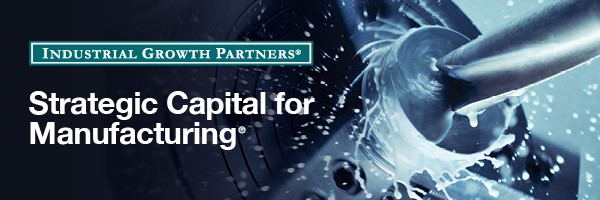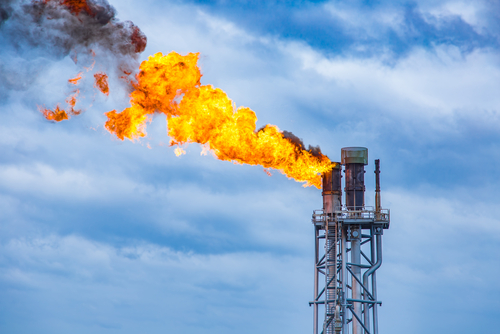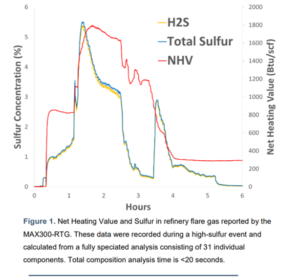Industrial gas manufacturers use different methods to package and deliver gases, including on-site pipelines, bulk delivery of liquefied gas to on-site containers, exchange programs for large compressed gas vessels (such as tube trailers), and smaller cylinder deliveries. Each method has its own benefits and costs. In this article, we focus on the challenges and requirements of filling tube trailers with high-purity helium, and how the Tiger Optics Spark H2O analyzer is the ideal solution for detecting trace moisture during this process.
Challenges of Helium Tube Trailer Filling
Filling helium tube trailers is a complex and costly task. Helium is extracted from natural gas fields in places like Algeria, Australia, Canada, Qatar, Russia, and the U.S., and delivered as bulk cryogenic liquid in refrigerated ISO tankers. Because the bulk liquid is not stable, it must be quickly transferred into more stable forms, usually by gasifying and compressing the helium for filling pressurized vessels.
Helium shortages in recent years have caused prices to rise, with helium now costing more than $200 per thousand cubic feet (SCF). As a result, efficiently managing helium processing is important for minimizing product loss and increasing profitability. Filling a helium tube trailer can also take up to 14 hours for the largest 180,000 SCF tube bundles, making it crucial to manage the filling process efficiently.
Helium Tube Trailer Filling Process
The process involves several steps: gasification, compression, purification, and finally, filling the tubes. Each step requires careful monitoring to optimize both energy use and time. Moisture measurements are particularly important at certain points during the process:
-
Incoming Helium Product: Crude helium is often too wet to be packaged and needs purification. Measuring moisture levels in the incoming gas helps optimize the purification process.
-
Post-Purification: The purification system uses an adsorptive bed to remove impurities, but over time the bed can become saturated with moisture. Monitoring the output stream helps determine when the bed needs regeneration based on moisture levels.
-
Tube Trailer Inlet: Monitoring moisture levels as helium enters the tubes ensures that the trailer is filled with helium that meets quality standards. Even small variations in moisture levels can indicate the need for process adjustments, such as slowing purification to better extract moisture.
Traditional moisture measurement methods are often slow, have limited ranges, and average signals, which can miss moisture spikes. This can lead to energy waste or, in the worst case, an entire trailer being filled with off-spec product due to missed moisture spikes. Also, when switching between sampling points—like from crude helium to purified helium—traditional analyzers may become saturated, taking hours or even days to recalibrate.
Improved Measurement with the Spark H2O Analyzer
Our Tiger Optics Spark H2O analyzer, which uses Cavity Ring-Down Spectroscopy (CRDS), is the ideal solution for these challenges. It provides precise, real-time moisture detection at each critical measurement point, without the need for zero or span gases. With its fast response time and accuracy, the Spark H2O analyzer ensures that helium tube trailer filling meets quality standards efficiently, helping reduce operational costs and improve profitability.








